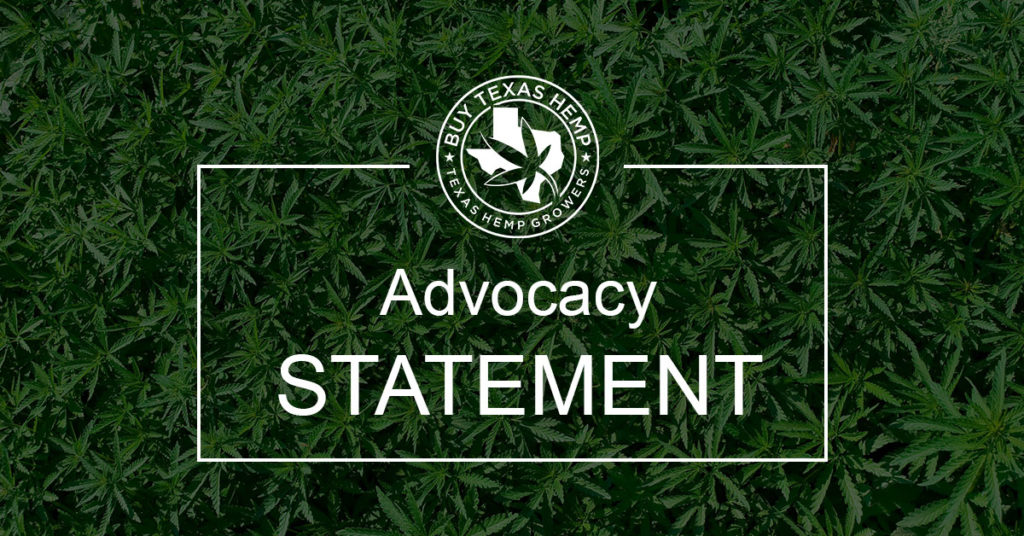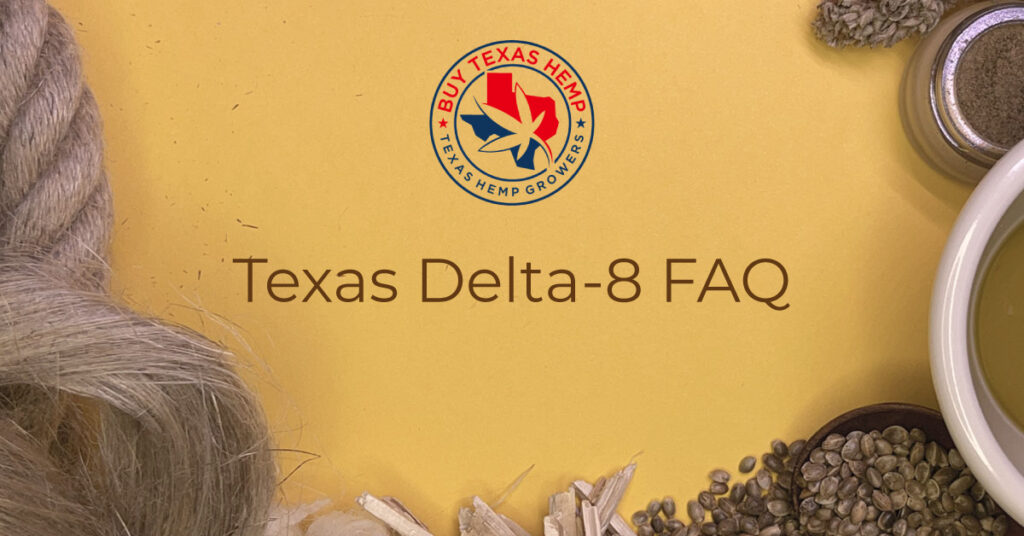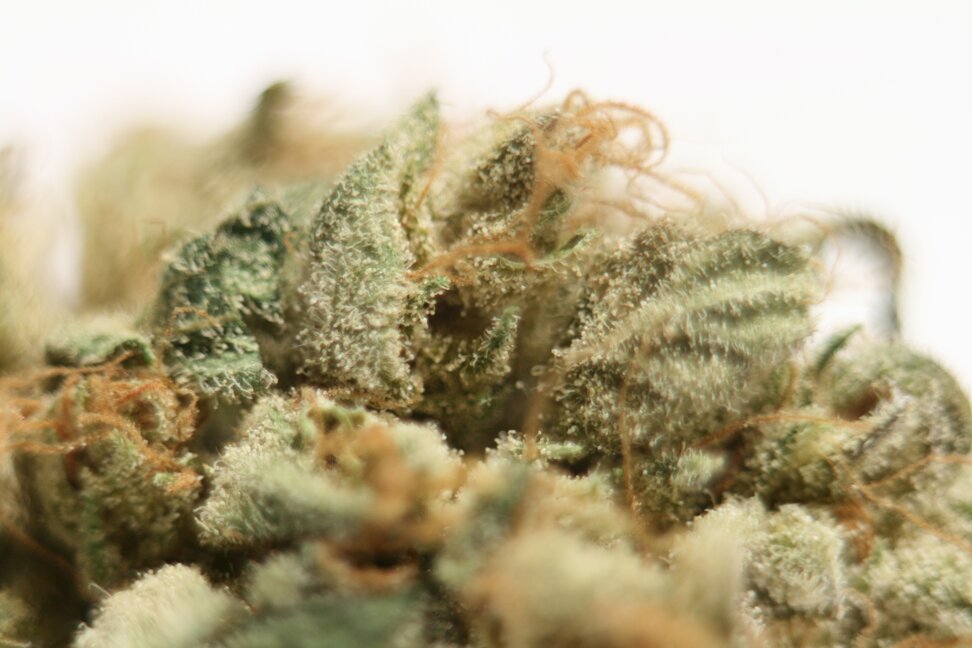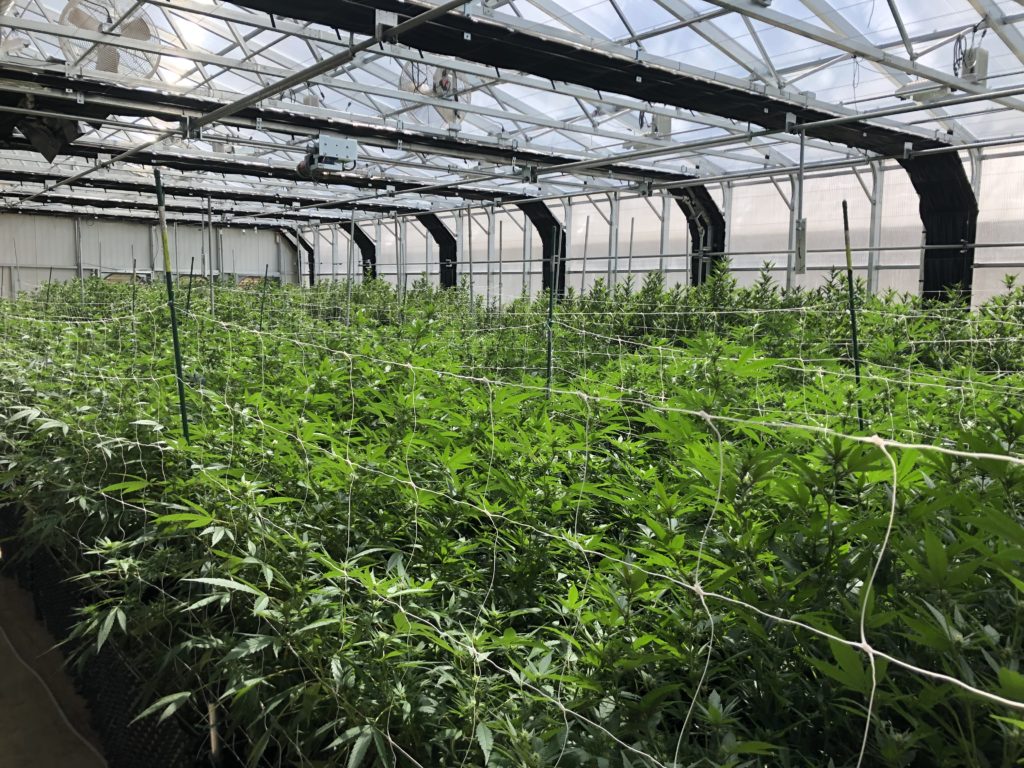3 major takeaways from the USDA’s hemp rule

(Photo: Fremont Farms in Colorado / Zachary Maxwell)
With the U.S. Department of Agriculture releasing its interim hemp regulations this week, there’s plenty of buzz about what farmers can expect moving ahead.
- Importing Seeds
The USDA will allow the importation of seeds from other countries, provided they are accompanied with a phytosanitary certificate from the country’s plant protection organization. Imported seeds are subject to inspection at the port of entry, to ensure they do not contain any pests or pathogens.
If importing seeds from Canada, you can use either a phytosanitary certificate or a federal seed analysis certificate.
Both seed and plant material importation is governed under the USDA’s Animal and Plant Health Inspection Services (APHIS) regulations.
- THC testing
The USDA’s rule says hemp must be sampled for a pre-harvest test within 15 days before the anticipated harvest date. This time was selected based on what the USDA perceives as a fair amount of time for a farmer to harvest their hemp crop, allowing for inclement weather and equipment delays.
Growers must send their hemp to a DEA-certified lab specializing in a post-decarboxylation method, like gas or liquid chromatography. The lab to which samples are sent must also calculate and include a “measurement of uncertainty.” This measurement of uncertainty acts like a margin of error. Here’s an example that helps illustrate this new calculation:
If a laboratory reports a (THC) result as 0.35% with a measurement of uncertainty of +/- 0.06, the distribution or range is 0.29% to 0.41%. Because 0.3% is within that distribution or range, the sample, and the lot it represents, is considered hemp
The USDA acknowledged in its rules that farmers can lose their investment if the THC content is too high, which is why they’ve included this measurement of uncertainty metric to create a “high degree of certainty” that the hemp is either good or bad.
Lab tests will look at total THC, derived from the sum of the THC and THCA content.
- Land Reporting
Information required as part of the license process will include a legal description of the land and geospatial location for each field, greenhouse, or other site where hemp is produced.
Growers will have to report their licensed acreage to the USDA Farm Service Agency, much like is already done for other crops. When submitting this information, you’ll have to provide your state license number. This document from the USDA explains exactly how to report acreage to the FSA.
State approval moving forward…
The interim rules were formally published in the Federal Register on Oct. 31, and will be open for public comment for the next 60 days. State and tribal authorities are not able to submit their plans for USDA approval for at least 30 days.
Before submitting, the Texas Department of Agriculture will amend its rules to comport with the new requirements from the USDA.
Texas Agriculture Commissioner Sid Miller called the USDA’ rule release “the big leap forward we’ve all be waiting for.”
“I want to make it clear – it is still not yet legal to grow industrial hemp in Texas,” Miller said. “But we are one step closer to allowing farmers to get this exciting new crop in the ground.”
Once received, the USDA has 60 days to either approve or deny the plan. It’s expected that hemp licenses could become available in early 2020.





